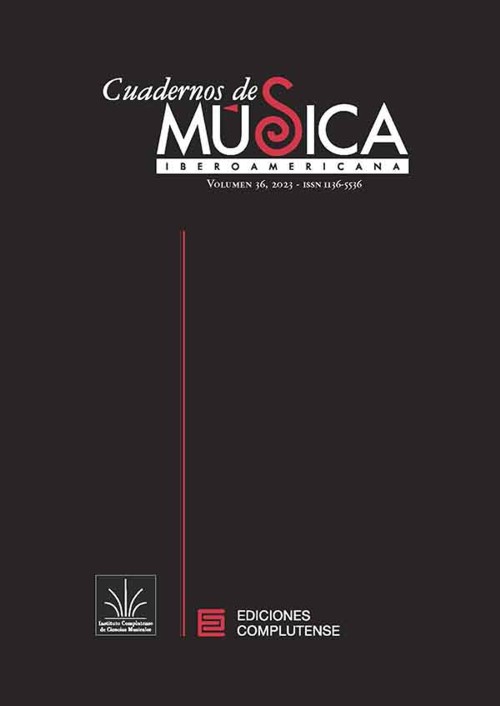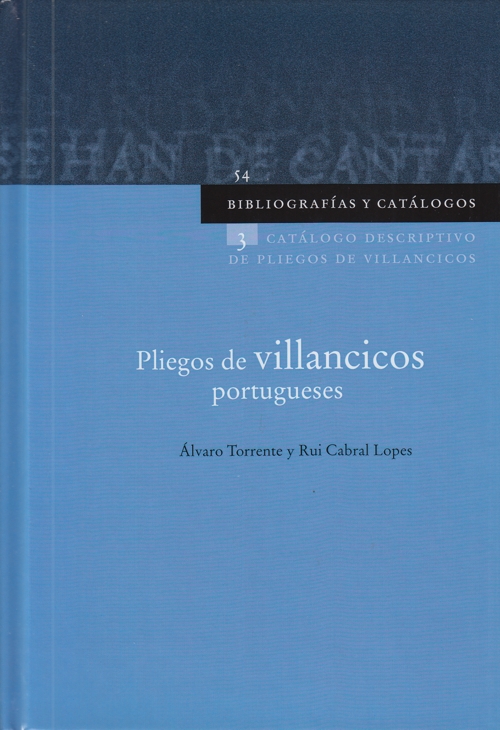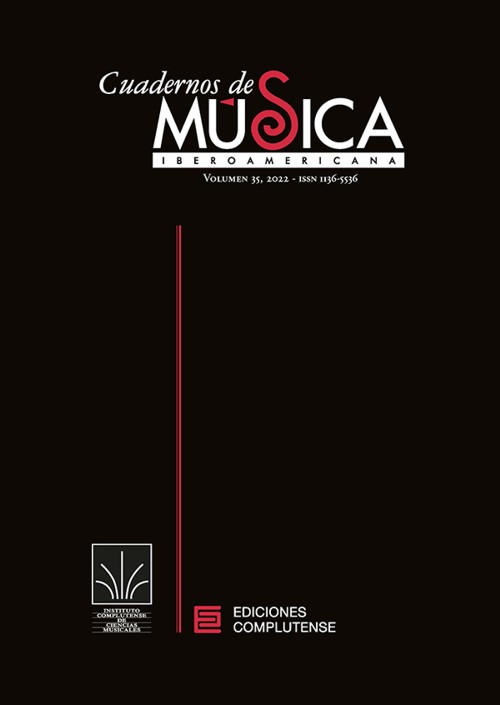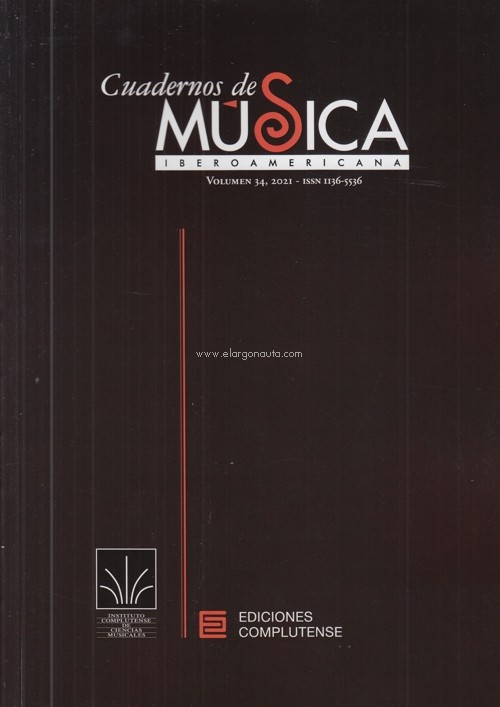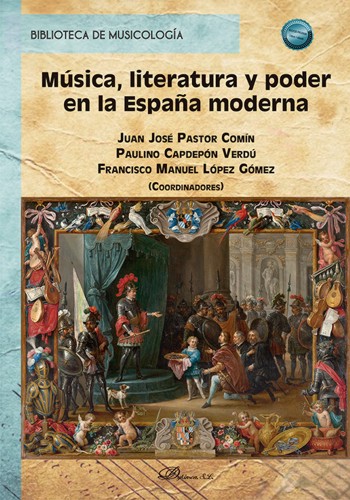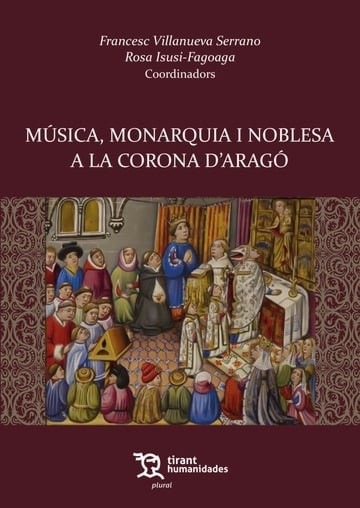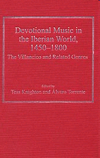
Devotional Music in the Iberian World, 1450?1800: The Villancico and Related Genres
Knighton, Tess
;Torrente, Álvaro
Ashgate Publishing. 2007Ficha técnica
- EAN: 9780754658412
- ISBN: 978-0-7546-5841-2
- Editorial: Ashgate Publishing
- Fecha de edición: 2007
- Encuadernación: Rústica
- Dimensiones: 15,6x23,4
- Idioma: Inglés
- Nº páginas: 490
Bajo pedido
Sin stock. Si se pide hoy, se estima recibir en la librería el 10/11/25¡GASTOS DE ENVÍO GRATIS!
PVP. 350,40€
Añadir a la Lista de deseos
From the fifteenth century to the beginning of the nineteenth century, devotional music played a fundamental role in the Iberian world. Songs in the vernacular, usually referred to by the generic name of 'villancico', but including forms as varied as madrigals, ensaladas, tonos, cantatas or even oratorios, were regularly performed at many religious feasts in major churches, royal and private chapels, convents and in monasteries. These compositions appear to have progressively fulfilled or supplemented the role occupied by the Latin motet in other countries and, as they were often composed anew for each celebration, the surviving sources vastly outnumber those of Latin compositions; they can be counted in tens of thousands. The close relationship with secular genres, both musical, literary and performative, turned these compositions into a major vehicle for dissemination of vernacular styles throughout the Iberian world.
This model of musical production was also cultivated in Portugal and rapidly exported to the Spanish and Portuguese colonies in America and Asia. In many cases, the villancico repertory represents the oldest surviving source of music produced in these regions, thus affording it a primary role in the construction of national identities. The sixteen essays in this volume explore the development of devotional music in the Iberian world in this period, providing the first broad-based survey of this important genre.
CONTENIDO
- Preface
- Introduction, Tess Knighton and Álvaro Torrente
- Waving ensaladas, Pepe Rey
- Song migrations: the case of Adorámoste, Señor, Tess Knighton
- The villancico in the works of early Castilian playwrights (with a note on the function and performance of the musical parts), Alberto del Río
- Function and liturgical context of the villancico in Salamanca Cathedral, Álvaro Torrente
- 'The third villancico was a motet': the villancico and related genres, Andrea Bombi
- The villancico as music of state in 17th-century Spain, Pablo-L. Rodríguez
- Religiosity, power and aspects of social representation in the villancicos of the Portuguese Royal Chapel, Rui Cabral Lopes
- 'Music charms the senses...': devotional music in the Triunfos festivos of San Ginés, Madrid, 1656, Janet Hathaway
- A literary and typological study of the late 17th-century villancico, Alain Bègue
- Pastorelas and the pastoral tradition in 18th-century Spanish villancicos, Pilar Ramos López
- The noël à grand choeur of south-western France and the Iberian villancico: towards a comparison, Benoît Michel
- De rosas cercada: music by Francisco de la Huerta for the nuns of Santa Ana de Ávila (1767-78), María Gembero Ustárroz
- Historical and literary vestiges of the villancico in the early modern Philippines, David Irving
- The 'ethnic villancico' and racial politics in 17th-century Mexico, Geoffrey Baker
- The popular, the sacred, the colonial and the local: the performance of identities in the villancicos from Sucre (Bolivia), Bernardo Illari
- Bibliography
- Index


